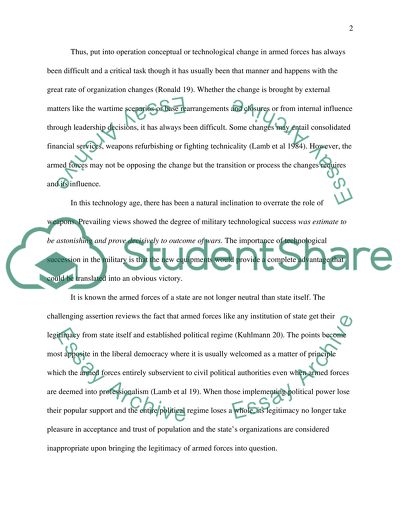Cite this document
(“Change Resistance within Armed Forces Research Paper”, n.d.)
Retrieved from https://studentshare.org/miscellaneous/1529930-change-resistance-within-armed-forces
Retrieved from https://studentshare.org/miscellaneous/1529930-change-resistance-within-armed-forces
(Change Resistance Within Armed Forces Research Paper)
https://studentshare.org/miscellaneous/1529930-change-resistance-within-armed-forces.
https://studentshare.org/miscellaneous/1529930-change-resistance-within-armed-forces.
“Change Resistance Within Armed Forces Research Paper”, n.d. https://studentshare.org/miscellaneous/1529930-change-resistance-within-armed-forces.


